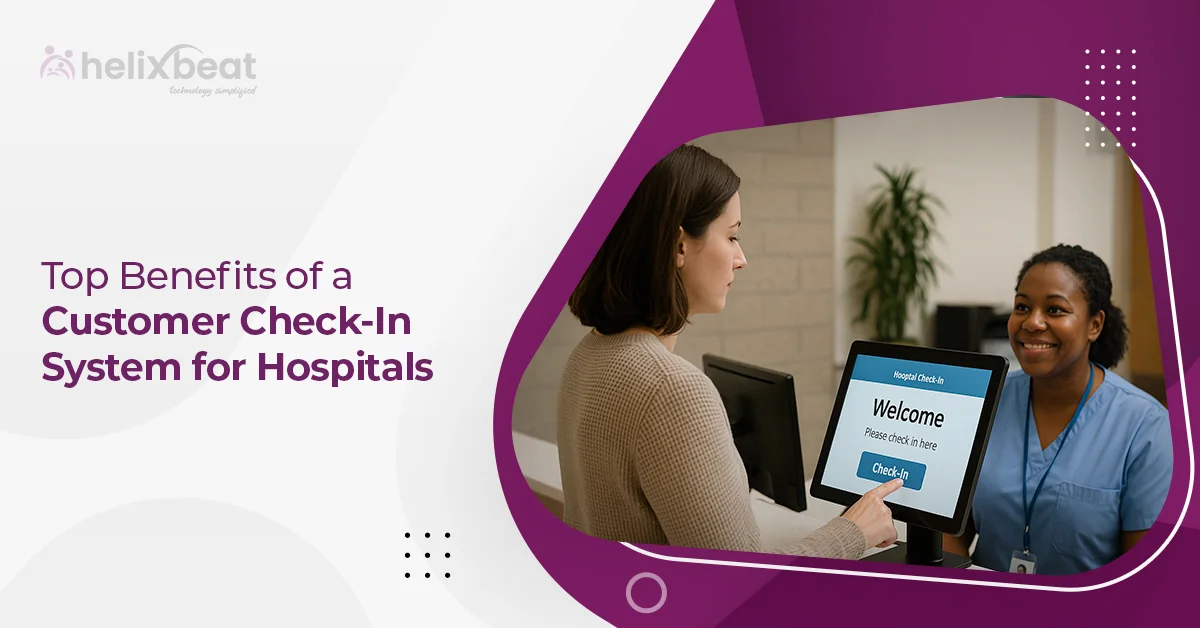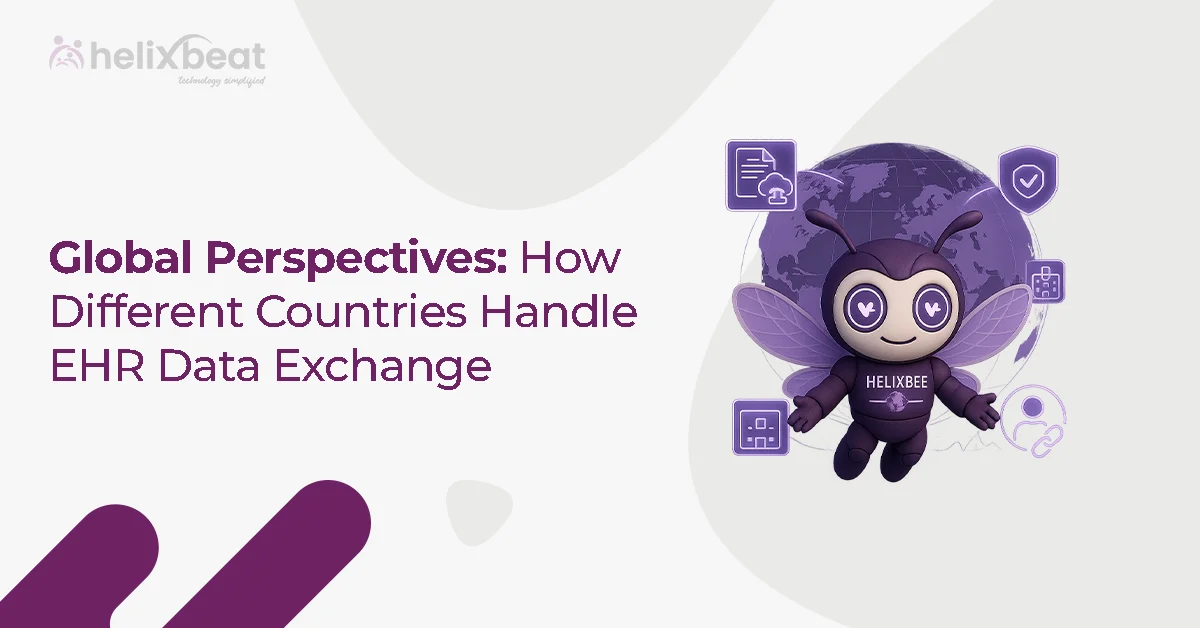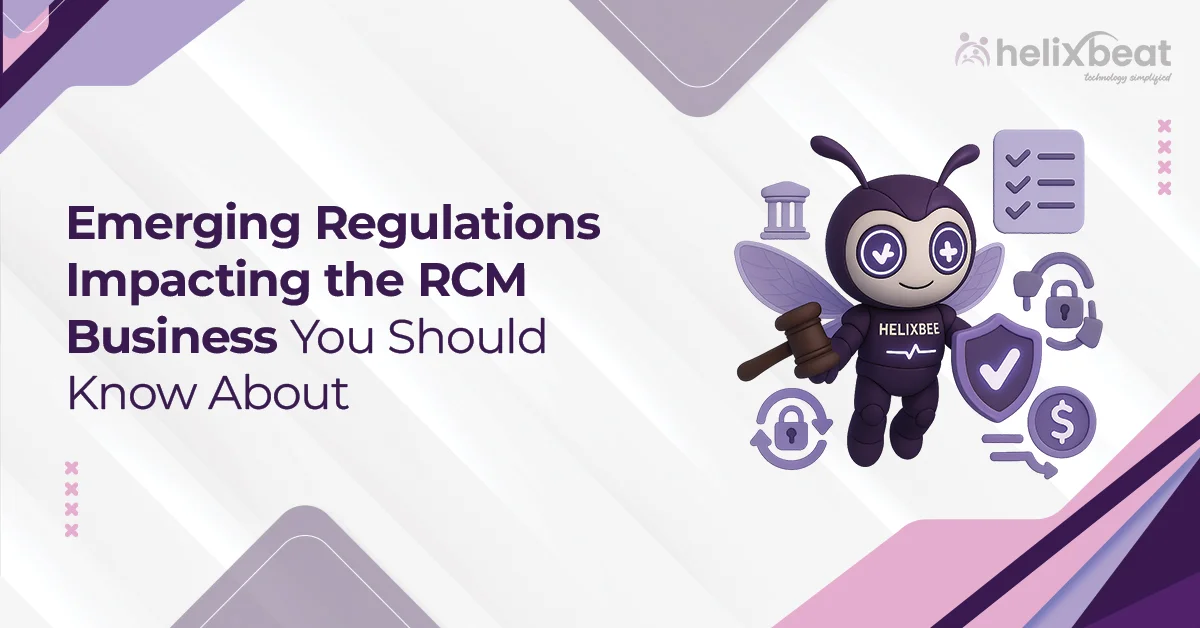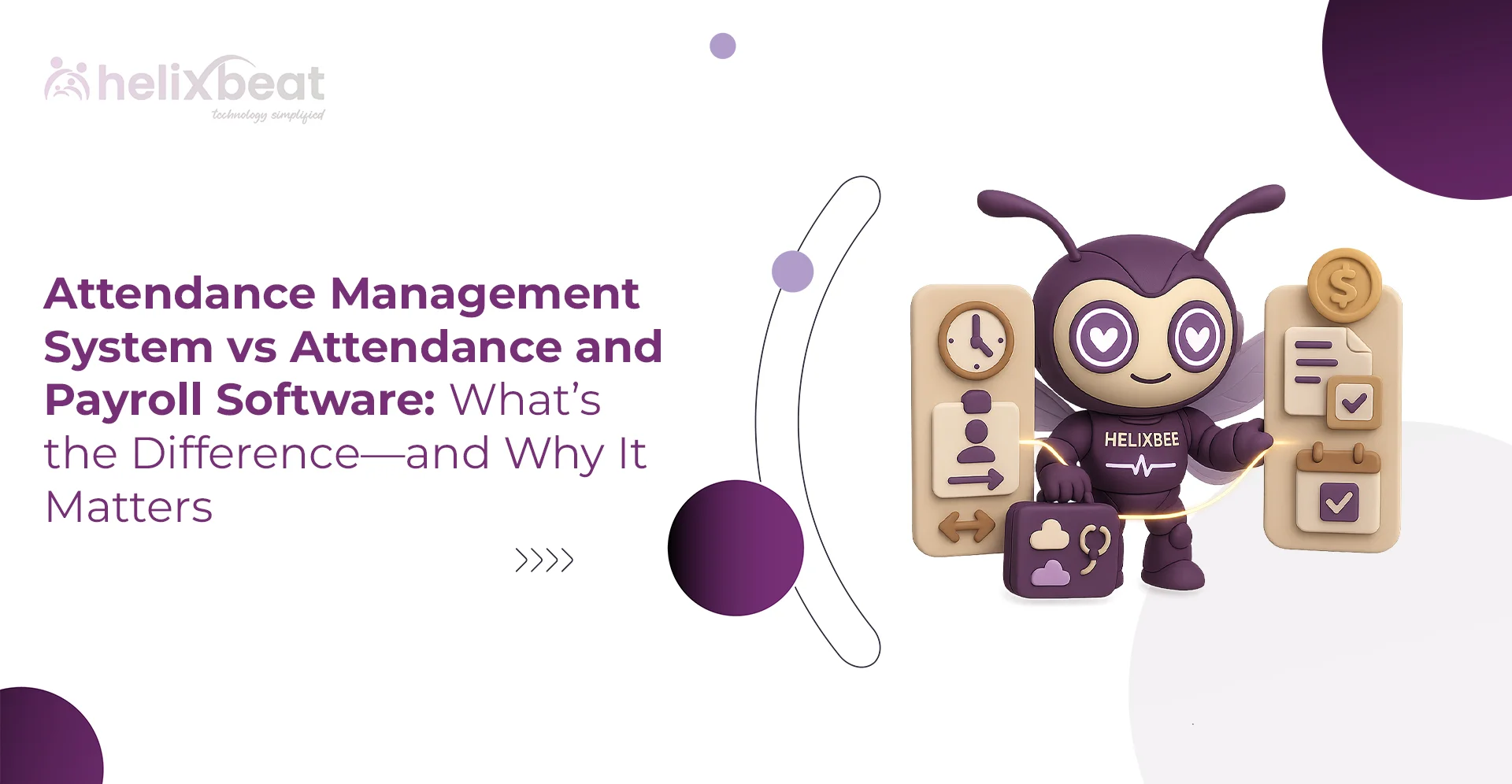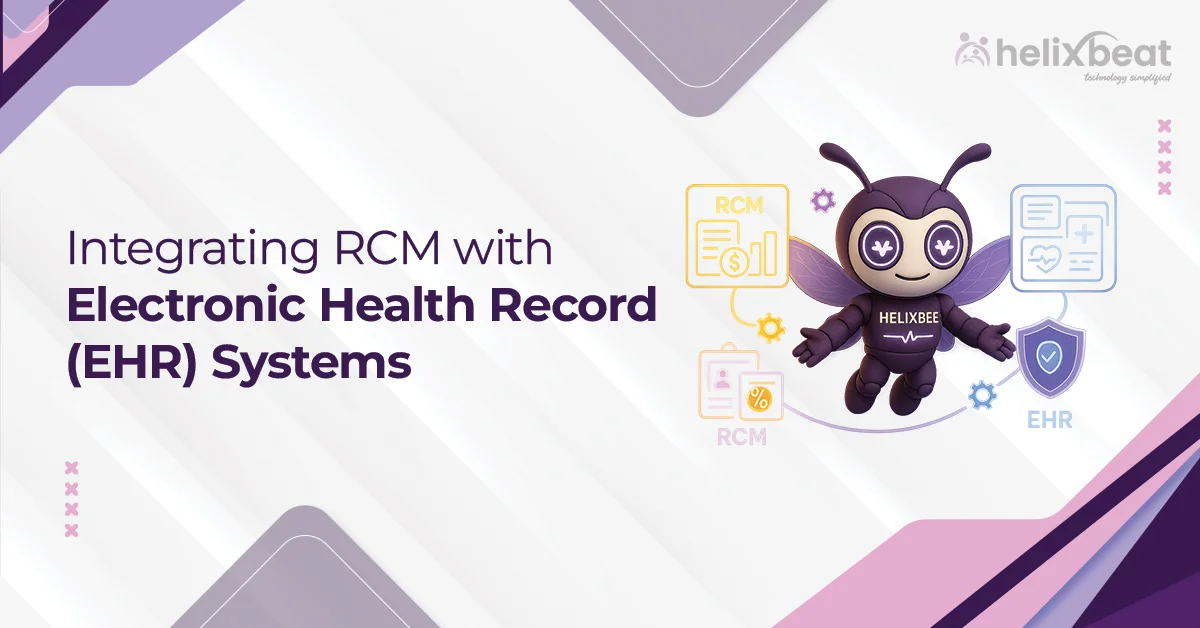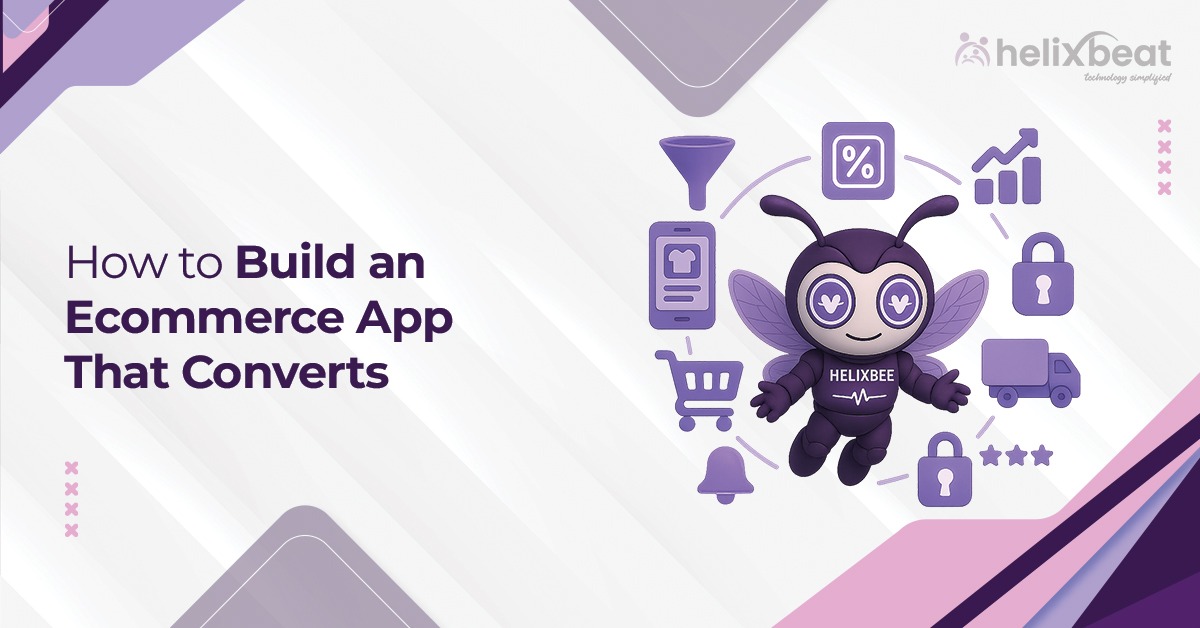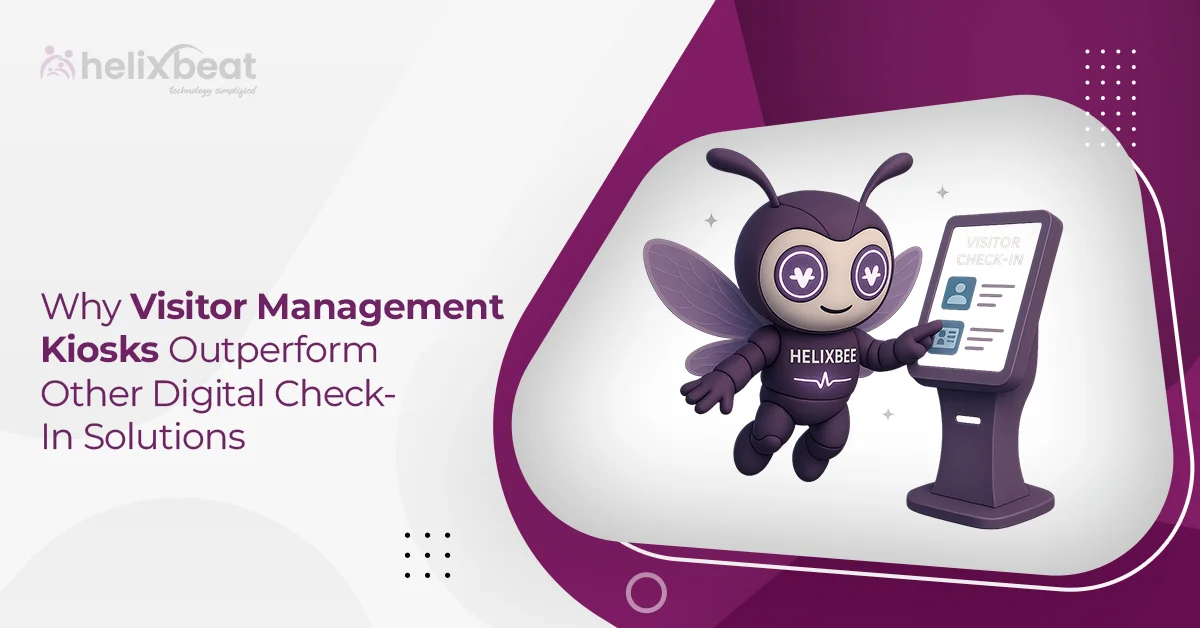Table of Contents
Introduction
Over the past decade, the way patients check in for their hospital visits has gone through a major transformation. What was once a slow, paper-heavy process has now become fast and seamless, thanks to digital patient intake systems.
This shift gained serious momentum during the COVID-19 pandemic, which pushed healthcare providers to adopt safer, contactless solutions. Today, it’s common to see hospitals using self-service kiosks, tablets, and mobile check-in links—all designed to reduce physical contact and waiting time.
Patients now expect smooth, digital interactions with their healthcare providers. Online check-ins have become the norm, not the exception. This rise in healthcare consumerism means hospitals must prioritize convenience and personalization in every patient touchpoint. Features like multilingual support help break language barriers, making the experience inclusive for everyone.
Even more powerful is the integration of customer check in system with hospital EHR (Electronic Health Records) and PM (Practice Management) systems—ensuring accurate, error-free data flows across departments.
In this blog we’ll walk you through how customer check in system is crucial for hospitals
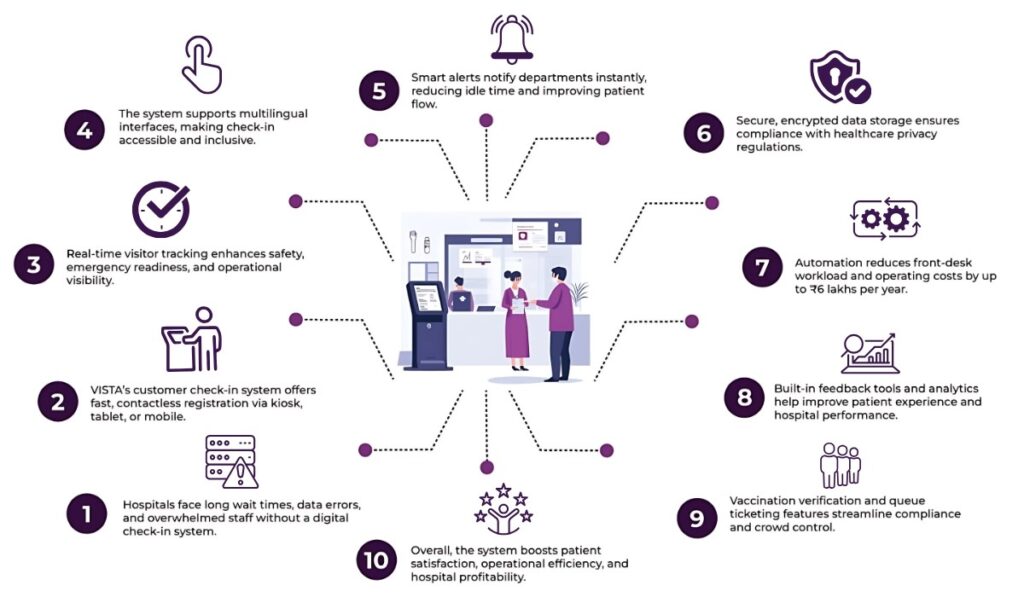
Challenges Hospitals Face Without a Customer Check In System
In the absence of a customer check in system, hospitals often struggle with multiple inefficiencies that can affect patient satisfaction, staff productivity, and overall safety. Here are some of the biggest challenges:
1. Long Waiting Times: Manual registration is time-consuming. Patients have to stand in queues, fill out repetitive forms, and wait for staff to process their information. This leads to overcrowding, delays in treatment, and frustrated patients.
2. Overburdened Front Desk Staff: Hospital receptionists juggle dozens of tasks—from registering patients to guiding visitors and managing paperwork. Without automation, they often face burnout, leading to errors, slower service, and poor patient experience.
3. Data Entry Errors: Manually collecting information increases the risk of spelling mistakes, misfiled records, or incomplete forms. Even a small error in patient data can lead to serious consequences in diagnosis, billing, or follow-up care.
4. Lack of Real-Time Visitor Trackin: Without a digital system, hospitals have no easy way to track who’s on-site, where they are, or whom they’re visiting. This poses security risks and complicates emergency evacuation efforts.
5. No Contactless Option: Post-pandemic, patients expect minimal physical contact. Hospitals without digital check-in options are at a disadvantage, as they still rely on paper forms, pens, and ID handovers—making the process less hygienic and efficient.
6. Limited Language Support: In multilingual communities, front desk staff may struggle to communicate effectively with every patient. Without a system that supports multiple languages, patient registration can be confusing and error-prone.
7. Inadequate Data Security: Paper records can be lost, damaged, or accessed by unauthorized individuals. Manual logbooks do not offer encryption or access control, putting sensitive patient information at risk.
8. No Analytics or Reporting: Traditional check-in methods don’t provide insights. Hospital admins miss out on crucial data like daily footfall, department traffic, patient wait times, or peak hours—making it harder to plan staffing and resources.
9. Inefficient Department Coordination: When there’s no real-time notification system, doctors and departments don’t know when a patient has arrived. This causes delays, idle time, and disrupts overall patient flow.
10. Poor First Impression: The check-in experience is the first interaction a patient has with the hospital. If it’s slow, confusing, or chaotic, it sets a negative tone for the rest of their visit.
What Is a Customer Check In System?
A Customer Check In System is a digital solution that helps hospitals manage how patients and visitors enter the premises. Instead of a manual register, visitors check in through a kiosk, tablet, or mobile phone. It automates tasks like:
- Capturing visitor or patient data
- Verifying identity
- Printing visitor passes or tokens
- Notifying the right staff
- Managing queues
- Logging visitor details securely
VISTA takes this to the next level with features tailored for healthcare environments.
Core Features of VISTA for Hospitals
- Contactless check-in via QR codes or OTP
- Self-service kiosk & tablet interface
- Multi-device syncing
- Visitor pass with photo and purpose
- Pre-appointment scheduling integration
- Emergency evacuation tracking
- Real-time staff notifications
- Detailed visitor analytics
- Custom workflows for different hospital zones (e.g. OPD, ICU, Labs)
Why Customer Check In Systems Matter: The Statistics
- 77% of patients said they prefer healthcare providers that offer digital options (Accenture, 2022)
- Digital check-in reduces administrative work by 45% (Healthcare IT Today)
- Hospitals using automated check-in report 30-60% faster registration processes
- Patient satisfaction scores increased by 40% when digital check-ins were introduced
Top Benefits of a Customer Check In System in Hospitals
1. Speed Up Patient Registration
Manual registration processes take time. Patients often have to fill out forms and answer the same questions at multiple desks. VISTA speeds up this process by enabling patients to check in using a mobile link, kiosk, or QR code in under 30 seconds. It pre-fills details for returning visitors and reduces redundancy. This allows the hospital to serve more patients efficiently, especially during peak hours.
2. Contactless and Safe
Especially in the post-COVID era, hygiene and safety have become top priorities. VISTA offers QR-code based and OTP-based contactless check-in methods. Visitors don’t need to touch any shared devices or hand over ID cards. It supports pre-booked appointment check-ins, reducing physical contact and congestion at entry points. This keeps both patients and staff safer.
The integrated hospital customer check in system simplifies temperature screening by using a thermal face scanner. It automatically checks if temperatures are within the safe range (below 37.0ºC or 37.5ºC). If not, users are prompted to retake their temperature or seek medical attention. This ensures efficient and accurate monitoring.
3. Real-Time Visitor Tracking
Knowing who is in your facility and where they are is crucial. VISTA tracks each visitor in real time, capturing entry time, exit time, purpose, and whom they are visiting. This improves security, supports emergency evacuations, and helps with crowd management. All logs are stored digitally and can be retrieved anytime for auditing or compliance purposes.
4. Multilingual and User-Friendly
Hospitals serve a diverse population. VISTA supports multiple Indian languages like Hindi, Tamil, Telugu, and more. The user interface is simple and intuitive, enabling patients from all backgrounds to navigate the check-in process without assistance. This is especially helpful in rural and multilingual regions where language barriers can slow down operations.
5. Smart Notifications & Alerts
When a visitor checks in, VISTA instantly notifies the relevant doctor or department via SMS, email, or internal dashboard. This helps staff prepare in advance, reducing idle time and improving patient flow. Visitors also receive confirmation of their check-in and estimated wait times, keeping them informed throughout the process.
6. Strengthen Data Security
Sensitive patient information is protected through encrypted storage and transmission. VISTA ensures only authorized personnel can access data through role-based access controls. Unlike traditional registers that are vulnerable to data breaches, digital records on VISTA are tamper-proof, backed up, and comply with healthcare data protection laws.
7. Reduce Front-Desk Burden
Hospital receptionists often deal with hundreds of patients daily. VISTA automates data entry and reduces repetitive tasks like ID collection, form filling, and queue management. This allows front-desk staff to focus on patient care, directions, and handling exceptions. As a result, staff efficiency and morale improve significantly.
8. Boost Patient Satisfaction
Patients appreciate efficient service. A quick, hassle-free, and secure check-in experience leaves a strong first impression. With VISTA, patients feel welcomed and valued, which improves their overall satisfaction. A smoother experience leads to positive reviews, better retention, and improved hospital reputation.
9. Custom Workflow for Each Department
Different departments have different protocols. For example, ICU visitors may need stricter verification than OPD patients. VISTA allows hospitals to create department-specific check-in workflows, ID badge formats, and approval rules. This ensures tailored, efficient, and secure handling of every visitor.
10. Post visit feedback
The hospital check-in system can collect post-visit feedback from patients and visitors via automatic surveys sent after their visit. These surveys gather insights on various aspects, such as safety measures and overall experience. The collected data helps hospitals monitor patient satisfaction, track net promoter scores, and identify areas for improvement. This feature allows real-time monitoring of feedback, ultimately helping hospitals enhance their services and patient satisfaction.
Administrators can view real-time data and reports on daily footfall, wait times, department-wise visitor stats, missed appointments, and more. This enables better staffing, resource allocation, and operational planning. The analytics dashboard can even identify bottlenecks or inefficiencies in the check-in process.
11. Vaccination management
Many hospitals now require visitors and employees to have valid vaccination status for entry, with healthcare staff often mandated to be vaccinated to return to work. To streamline this process, the hospital check-in system integrates vaccination management. Visitors and employees can upload their vaccination evidence via the check-in kiosk, simply by taking a photo for verification. The system securely stores this information for future visits, eliminating the need for reuploads. For those who prefer not to store their evidence, manual approval can be requested from the receptionist or administrative assistant. This ensures compliance and a smooth, secure check-in process.
12. Queue ticketing
Queue ticketing is an essential feature of patient queue management in hospitals. Non-emergency walk-in patients receive a queue number upon check-in, either as a physical ticket or displayed digitally. The system enhances the experience by sending updates on estimated wait times and patient progress. This transparency reduces frustration, improves patient satisfaction, and helps manage expectations, making wait times feel shorter while showing the hospital’s commitment to patient care.
How is the Customer check in system profitable to hospitals in terms of calculation?
Let’s say a mid-sized hospital handles around 300 patient visits daily. Without a customer check in system, the manual process may take 5 minutes per patient, costing time and requiring 3 front-desk staff working full-time shifts. At an average salary of ₹25,000/month per staff, the hospital spends around ₹75,000/month just on front-desk registration labor.
Now, with VISTA’s customer check in system, the registration time per patient reduces to 1 minute, allowing the hospital to handle the same volume with only 1 staff member for supervision. This cuts labor costs by ₹50,000/month, saving ₹6,00,000/year. Additionally, faster check-ins mean the hospital can manage more patient flow—an estimated 20% increase in throughput, potentially adding 60 extra patients/day.
If the average consultation generates ₹500, that’s an additional ₹30,000/day or ₹9 lakhs/month in revenue. So, even after factoring in software costs, maintenance, and training, the ROI from a customer check in system is significant—boosting both profitability and operational efficiency.
Final thoughts
Is your healthcare organization still grappling with long wait times, manual data entry mistakes, and overwhelmed staff?
The solution is here. Customer check in systems are transforming healthcare, offering advantages like faster registration, enhanced accuracy, and improved patient satisfaction.
At VISTA, we recognize these challenges and have created an innovative two-way texting platform to streamline your check-in process, reduce administrative strain, and align with patients’ expectations.
Don’t let outdated systems slow you down. Request a demo today and see how VISTA can revolutionize your patient check-in experience.
Learn more about our solutions here and request your demo here.
FAQs
What is a customer check-in system for hospitals?
A customer check-in system is a digital solution that automates patient and visitor registration, capturing data, verifying identity, and notifying relevant staff for a smooth and efficient hospital entry process.
How does a customer check-in system improve patient experience?
It speeds up the check-in process, reduces wait times, and minimizes physical contact, making the experience faster, safer, and more efficient for patients.
What are the main benefits of implementing a customer check-in system in a hospital?
The system helps reduce administrative work, lowers labor costs, improves data accuracy, enhances patient satisfaction, and provides valuable real-time analytics to improve hospital operations.
How does the system ensure data security and compliance?
The system stores sensitive data securely using encryption and ensures that only authorized personnel have access, complying with healthcare data protection regulations.
What features does VISTA offer for hospitals?
VISTA provides features like contactless check-ins, real-time visitor tracking, multilingual support, post-visit feedback collection, vaccination management, and customizable workflows for different hospital departments.
How does the system handle temperature screening during check-ins?
VISTA integrates temperature screening with a thermal face scanner that automatically checks and records temperatures, ensuring patients are within the safe range before proceeding.
What is the return on investment (ROI) for hospitals using a customer check-in system?
By reducing labor costs and increasing patient throughput, hospitals can save significantly in operational costs while increasing revenue from added patient volume, making the ROI substantial.



